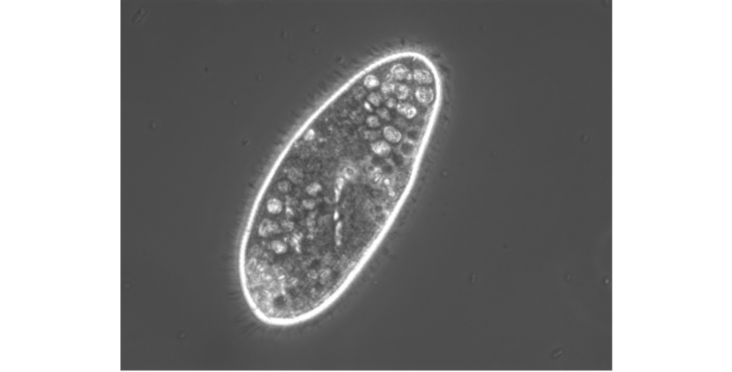To answer this question the lab of NCCR RNA & Disease principal investigator Mariusz Nowacki joined forces with researchers from two biotechnology companies and applied different technological approaches. Their findings were published in a PLoS One article entitled "Determination of the presence of 5-methylcytosine in Paramecium tetraurelia".
Abstract:
5-methylcytosine DNA methylation regulates gene expression and developmental programming in a broad range of eukaryotes. However, its presence and potential roles in ciliates, complex single-celled eukaryotes with germline-somatic genome specialization via nuclear dimorphism, are largely uncharted. While canonical cytosine methyltransferases have not been discovered in published ciliate genomes, recent studies performed in the stichotrichous ciliate Oxytricha trifallax suggest de novo cytosine methylation during macronuclear development. In this study, we applied bisulfite genome sequencing, DNA mass spectrometry and antibody-based fluorescence detection to investigate the presence of DNA methylation in Paramecium tetraurelia. While the antibody-based methods suggest cytosine methylation, DNA mass spectrometry and bisulfite sequencing reveal that levels are actually below the limit of detection. Our results suggest that Paramecium does not utilize 5-methylcytosine DNA methylation as an integral part of its epigenetic arsenal.
Read the Publication in PLoS One (Open Access)
Abstract from Sing et al. (2018) PLoS One, 13(10), e0206667 published under the CC BY 4.0 license.
Picture kindly provided by Cristina Höhener (Nowacki lab)
